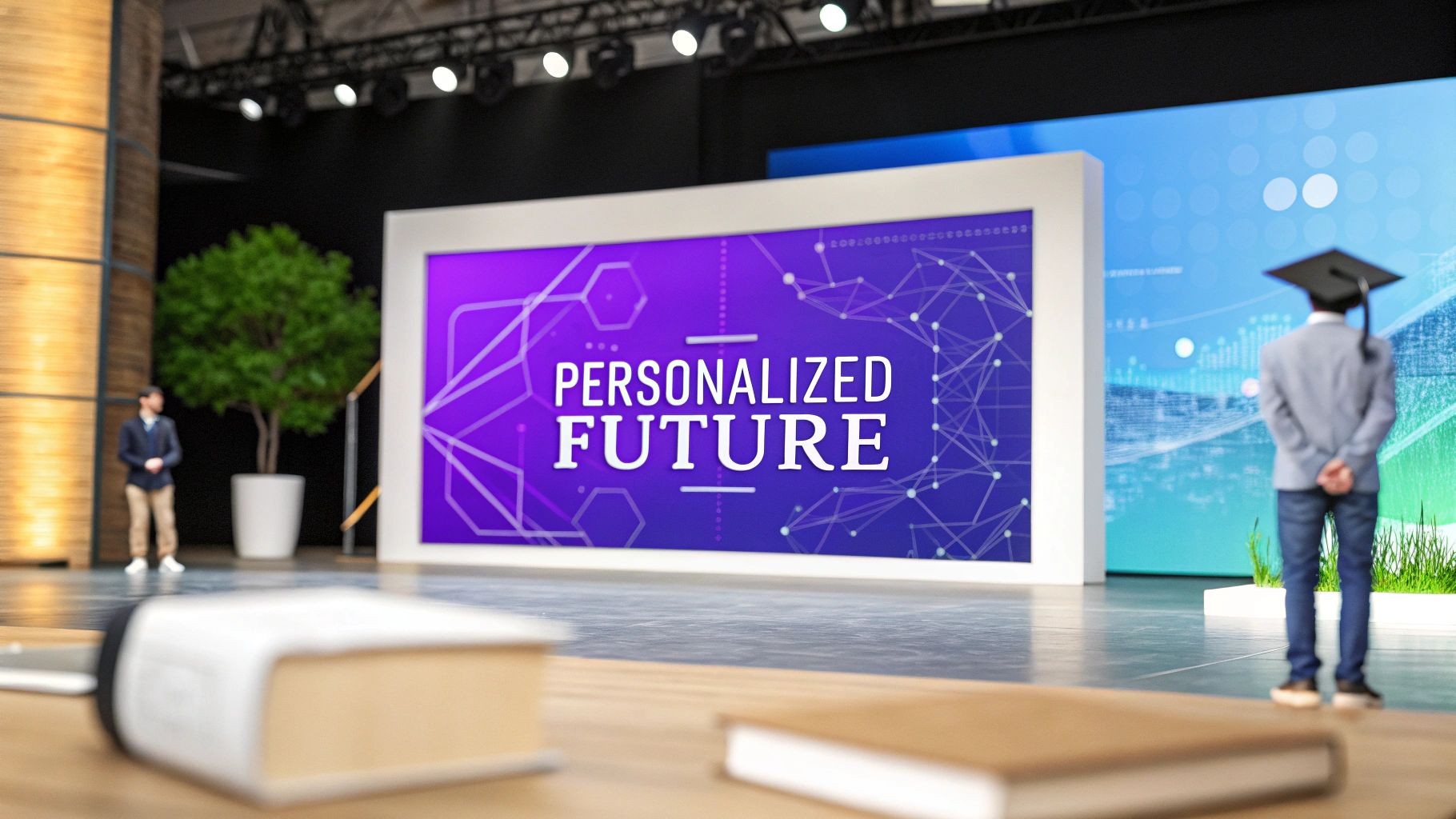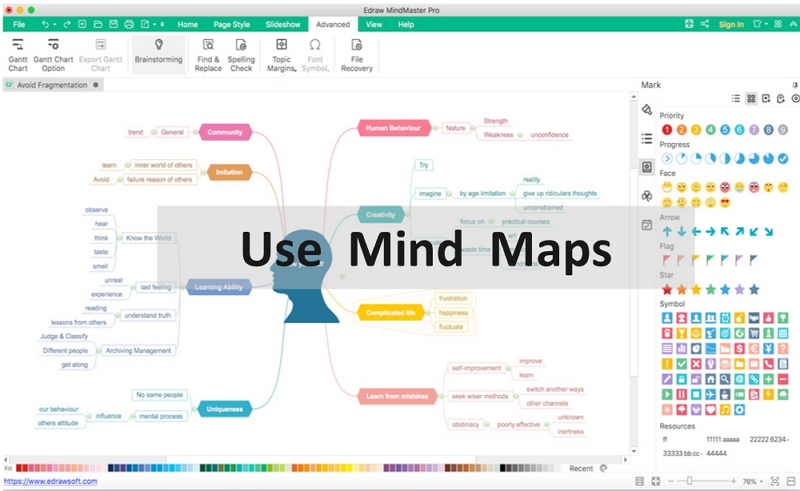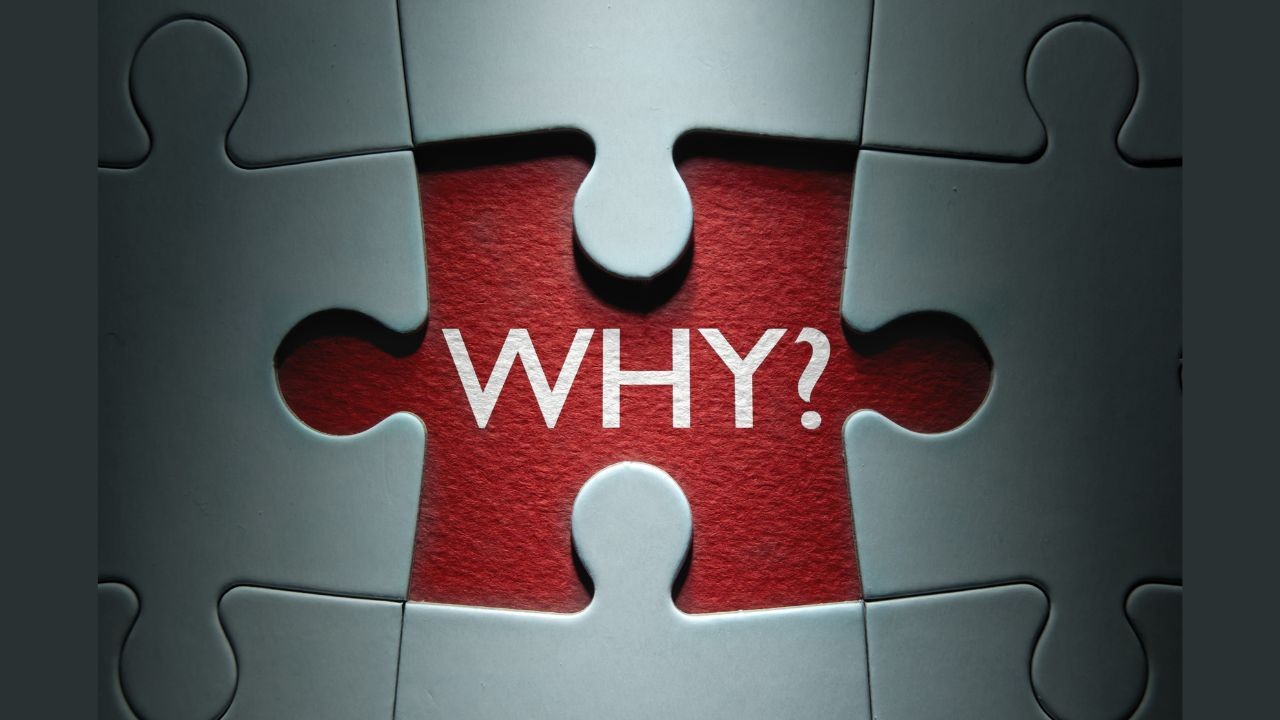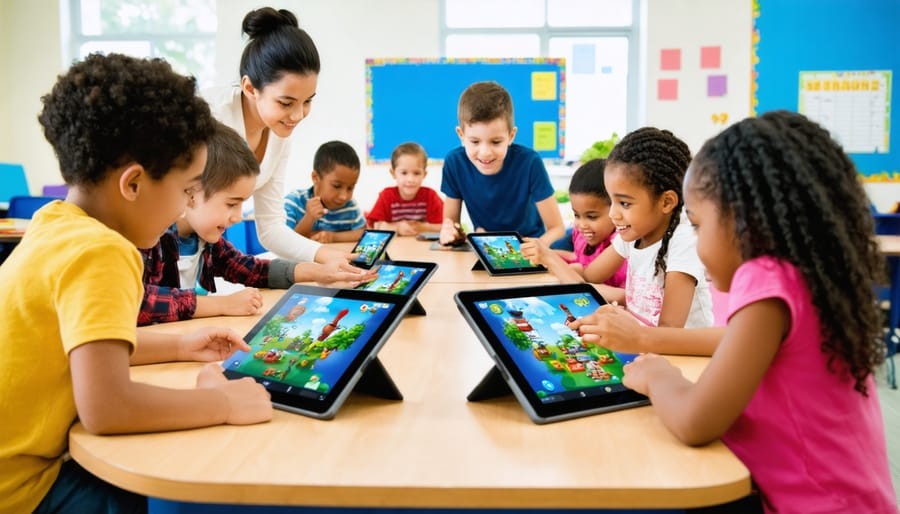The traditional model of education, built around standardized lessons and uniform benchmarks, has long been the default approach in classrooms around the world. While it offers structure and consistency, it often fails to account for the diverse needs, interests, and learning styles of individual students. As the world becomes more complex and interconnected, the limitations of one-size-fits-all instruction are becoming increasingly apparent. Personalized learning paths offer a compelling alternative—one that aligns more closely with how people actually learn and grow. Moving beyond standardized lessons isn’t about abandoning structure; it’s about reimagining it to serve a broader and more inclusive purpose.
Personalized learning recognizes that students are not blank slates waiting to be filled with identical content. They come with unique backgrounds, strengths, and aspirations. When education is tailored to these individual traits, it becomes more engaging and effective. Students are more likely to take ownership of their learning when they see themselves reflected in the process. This sense of agency fosters motivation, curiosity, and resilience—qualities that are essential not only in school but in the workplace. Businesses increasingly value employees who can adapt, self-direct, and pursue continuous improvement. Personalized learning cultivates these traits early on, preparing students for the demands of a dynamic professional landscape.
Technology has played a pivotal role in enabling personalized learning. Digital platforms can adapt content to match a student’s pace, preferences, and progress. Algorithms can identify gaps in understanding and suggest targeted resources. But technology alone isn’t enough. The human element—teachers who know their students and can guide them with empathy and insight—is irreplaceable. Personalized learning is most powerful when it combines the precision of data with the intuition of educators. In this way, it mirrors the best practices in business, where data-driven decision-making is balanced with human judgment and experience.
One of the most significant benefits of personalized learning is its ability to accommodate different learning styles. Some students thrive through visual input, others through hands-on experimentation, and still others through discussion and reflection. Standardized lessons often prioritize one mode of delivery, leaving many students disengaged or struggling. Personalized paths allow for flexibility, enabling learners to access content in ways that resonate with them. This not only improves comprehension but also builds confidence. When students feel understood and supported, they’re more likely to take risks, ask questions, and persist through challenges.
The shift toward personalized learning also encourages interdisciplinary thinking. Rather than compartmentalizing subjects into rigid silos, students can explore connections between ideas and apply knowledge in meaningful contexts. A student interested in environmental science might integrate biology, chemistry, and policy studies into a single project. This kind of holistic learning reflects the complexity of real-world problems and prepares students to tackle them with creativity and nuance. In business, the ability to synthesize information across domains is a valuable skill, especially in roles that require strategic thinking and innovation.
Personalized paths also promote equity. Standardized lessons, by their nature, assume a level playing field that rarely exists. Students from different socioeconomic backgrounds, language proficiencies, and learning abilities often face barriers that standardized instruction fails to address. Personalized learning can help level the field by providing targeted support and recognizing individual progress. It shifts the focus from comparison to growth, allowing each student to move forward at their own pace. This approach not only improves outcomes but also fosters a more inclusive and compassionate learning environment.
Implementing personalized learning requires a cultural shift. It challenges long-held assumptions about what education should look like and how success should be measured. It asks educators to move from delivering content to facilitating discovery. It requires systems that are flexible, responsive, and student-centered. These changes can be daunting, but they are also necessary. The world is changing, and education must evolve to meet the needs of learners who will navigate that world. Businesses that support and invest in personalized education initiatives are not just contributing to social good—they’re cultivating the talent and mindset they’ll need in the future.
The transition from standardized lessons to personalized paths is not a rejection of structure but a refinement of it. It’s about creating frameworks that support individual growth rather than constrain it. It’s about recognizing that learning is not linear and that progress looks different for everyone. In classrooms that embrace personalized learning, students are not passive recipients—they are active participants. They set goals, reflect on their progress, and make choices that shape their journey. This sense of ownership is transformative, and it carries into every aspect of life, including the workplace.
Ultimately, personalized learning is about honoring the complexity of human development. It’s about moving beyond efficiency to embrace effectiveness. It’s about designing educational experiences that are as diverse and dynamic as the learners themselves. As businesses seek talent that is adaptable, creative, and resilient, the value of personalized education becomes increasingly clear. It’s not just a pedagogical shift—it’s a strategic one. And as more classrooms adopt personalized paths, they’re not only improving education—they’re shaping a future workforce that’s ready to lead, innovate, and thrive.





